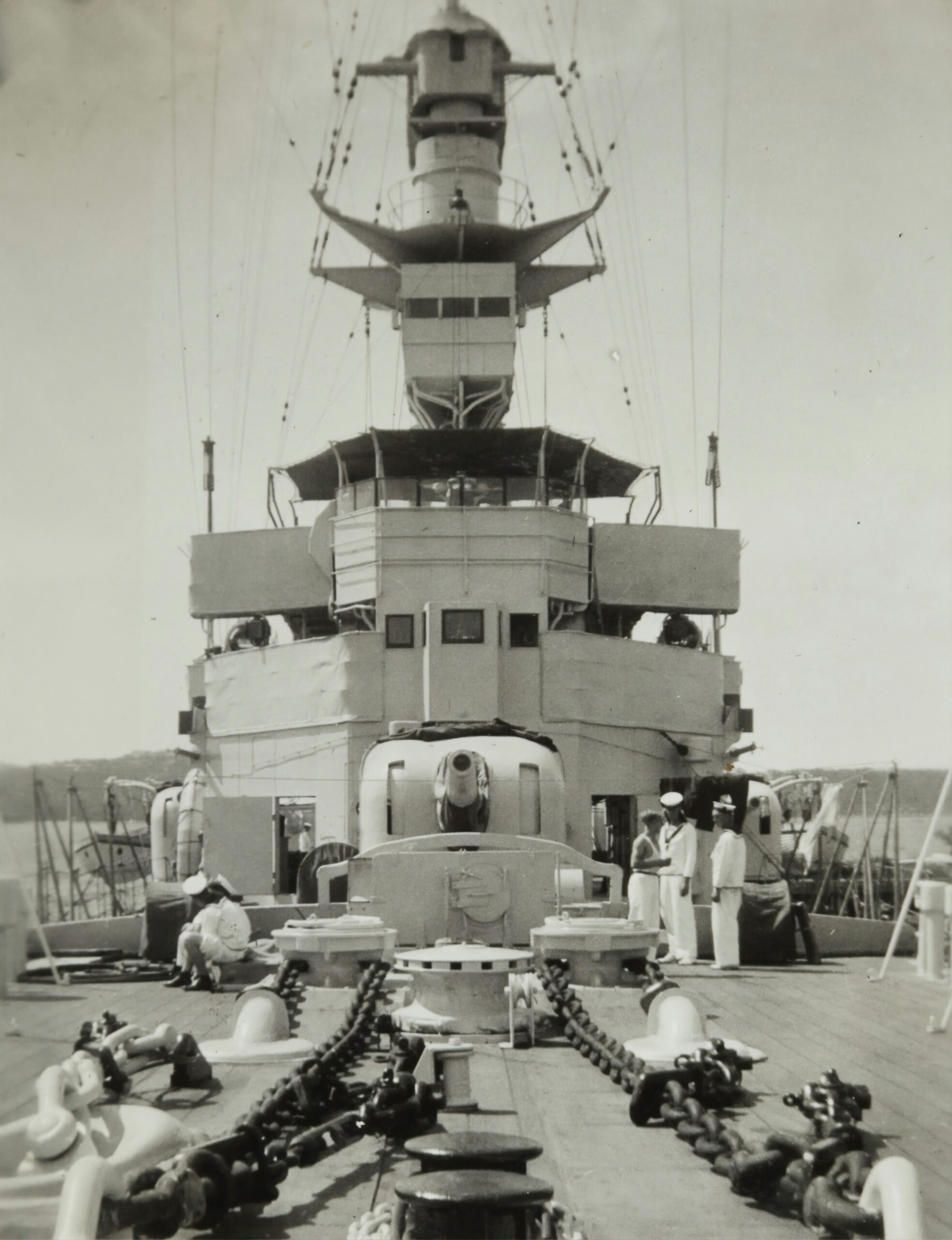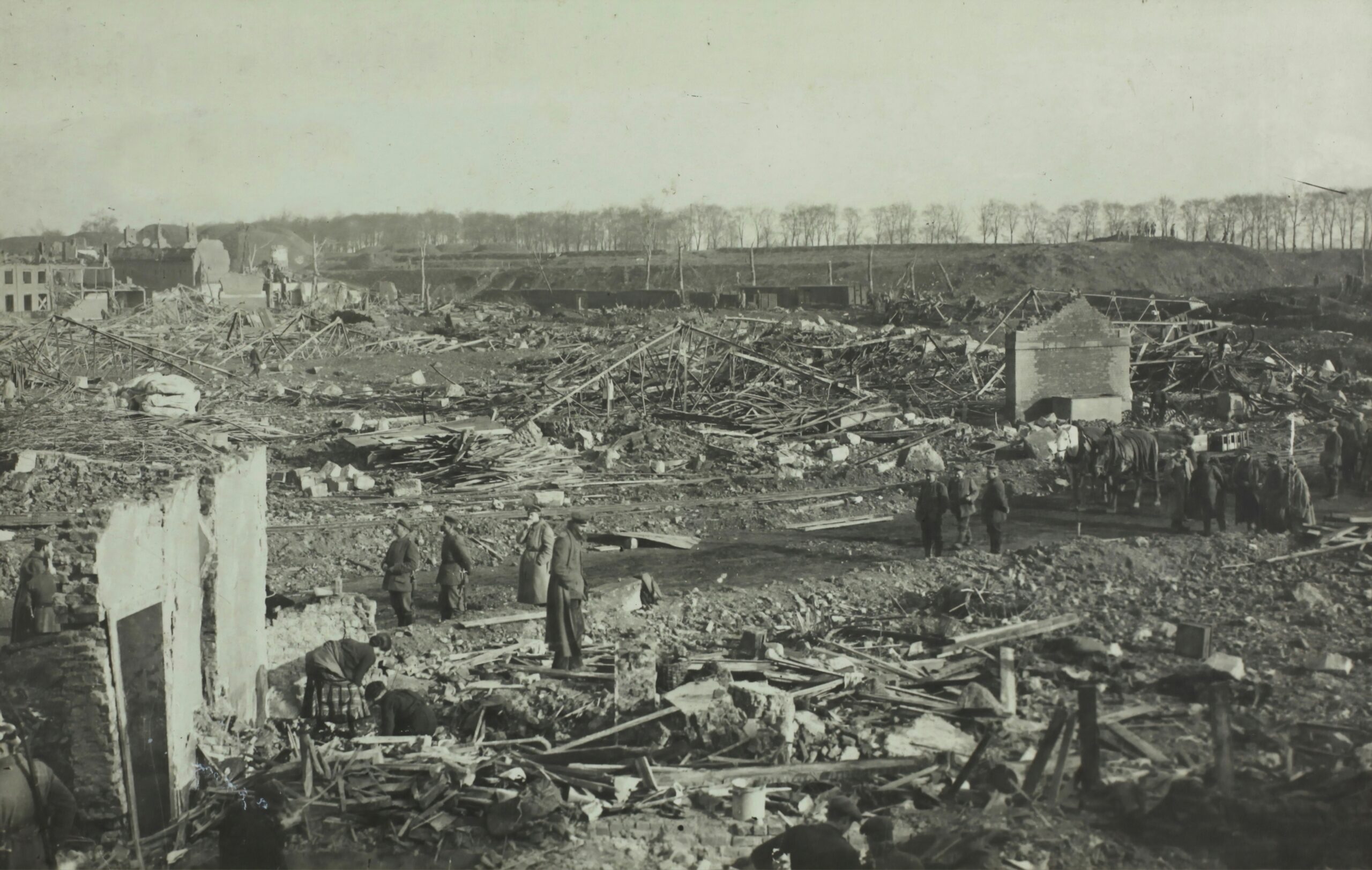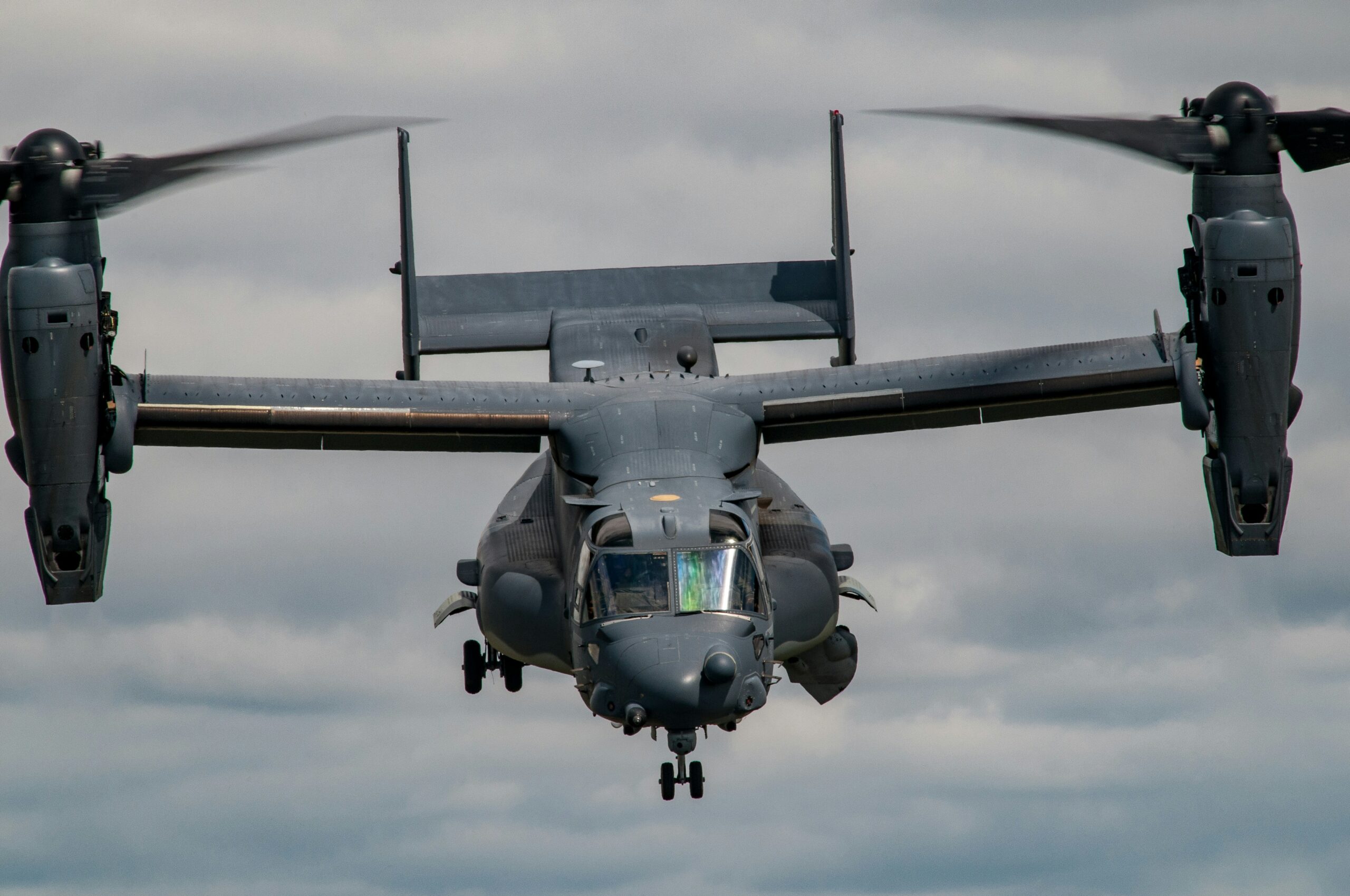In today’s article, we explore the possibility of utilizing military optics for search and rescue operations. As technology continues to advance, military equipment and tools are increasingly being repurposed for civilian use. With their superior capabilities and range, military optics have the potential to revolutionize search and rescue efforts, providing a new level of precision and efficiency. But is it truly possible? Let’s delve into this intriguing topic and uncover the potential benefits and challenges of employing military optics in search and rescue operations.
Basics of Military Optics
Understanding military optics
Military optics refer to the specialized optical devices used by military personnel for various purposes, including reconnaissance, intelligence gathering, and target identification. These high-performance optical instruments are designed to provide clear and detailed images, even in challenging environments. Understanding the basics of military optics is essential for exploring their potential integration in search and rescue operations.
Various types of military optics
There are several types of military optics available, each with its own unique capabilities and applications. These include binoculars, telescopes, spotting scopes, rangefinders, and night vision devices. Binoculars are the most commonly used military optics, providing enhanced vision and depth perception. Telescopes are used for long-range observations and surveillance. Spotting scopes are similar to telescopes but offer higher magnification and target tracking capabilities. Rangefinders are essential for determining the distance to a target accurately. Night vision devices, on the other hand, enable military personnel to see in low-light or dark conditions. Familiarizing oneself with these types of military optics is crucial for understanding their potential uses in search and rescue operations.
Functions and uses of military optics
Military optics serve a wide range of functions in military operations, including target identification, reconnaissance, intelligence gathering, and surveillance. These optical devices play a crucial role in enabling military personnel to accurately identify potential threats and gather valuable information. In search and rescue operations, military optics can be utilized for improving visibility, expanding search areas, and facilitating better target identification. By integrating military optics in search and rescue operations, the chances of successful and efficient rescue missions can be significantly enhanced.
Basics of Search and Rescue Operations
Definition of search and rescue operations
Search and rescue operations involve the systematic search, location, and retrieval of individuals who are lost, injured, or in distress. These operations are typically carried out in challenging environments, such as remote wilderness areas, disaster zones, and hostile terrains. The primary objective of search and rescue operations is to locate and provide assistance to individuals in need, ensuring their safety and well-being.
Stages and processes involved in search and rescue
Search and rescue operations follow a structured approach, involving various stages and processes. The initial stage involves receiving and assessing distress calls or reports, determining the nature and location of the incident. This information is then used to plan and organize the search operation, including mapping out search areas and allocating resources. The search itself can involve ground teams, aerial reconnaissance, and specialized units, depending on the circumstances. Once the individual(s) in distress are located, rescue operations are initiated, including medical aid, evacuation, and transport to safety.
Prominent equipment used in search and rescue missions
Search and rescue missions utilize a variety of equipment to facilitate operations in challenging environments. Some of the prominent equipment used includes communication devices, navigation tools, first aid kits, specialized clothing and gear, and transport vehicles. However, the integration of military optics into search and rescue operations can offer additional advantages in terms of enhanced visibility, expanded search areas, and better target identification.

Integration of Military Optics in Search and Rescue
Possible integration of military optics in search and rescue operation
The integration of military optics in search and rescue operations holds significant potential for improving mission outcomes. By utilizing binoculars, telescopes, rangefinders, and night vision devices, rescuers can improve their visibility and observation capabilities over long distances and challenging terrains. These optical devices can aid in searching larger areas efficiently, enhancing the chances of locating individuals in distress. The integration of military optics can provide search and rescue teams with valuable tools to navigate difficult environments and identify targets accurately.
Practical examples of such integration
There have been practical examples of integrating military optics in search and rescue operations. In mountainous regions, search and rescue teams have successfully utilized binoculars and telescopes to spot stranded climbers or hikers from afar, enabling prompt rescue efforts. Night vision devices have proved invaluable in conducting search operations during nighttime or in low-light conditions. By incorporating military optics into search and rescue operations, mission effectiveness can be greatly improved, increasing the likelihood of successful outcomes.
Advantages of Using Military Optics in Search and Rescue
Increased visibility
One of the significant advantages of using military optics in search and rescue operations is the increased visibility they provide. Binoculars and telescopes offer high magnification capabilities, enabling rescuers to observe distant locations with enhanced clarity. This increased visibility can be crucial in identifying individuals in distress, as well as assessing their condition and surroundings. By improving visibility, military optics contribute to more effective search and rescue efforts.
Expanded search area
The integration of military optics also expands the search area that rescuers can cover. With binoculars, telescopes, and rangefinders, search teams can survey larger territories and scan vast areas efficiently. This expanded search area allows rescuers to explore remote or inaccessible regions that may otherwise be overlooked. By covering a wider range, the chances of detecting and locating individuals in distress are significantly increased.
Better target identification
Target identification is a critical aspect of search and rescue operations, and military optics excel in this area. The high-quality images produced by military optics enable rescuers to identify targets more accurately, even in challenging environments. This can be particularly useful in situations where individuals may be hidden in dense vegetation, trapped in collapsed structures, or stranded in remote locations. With enhanced target identification capabilities, rescuers can prioritize their efforts and resources, ensuring prompt and effective assistance.

Limitations of Using Military Optics in Search and Rescue
High costs
One of the primary limitations of using military optics in search and rescue operations is the high cost associated with acquiring and maintaining these specialized optical devices. Military-grade optics are often expensive due to their advanced technologies and rugged construction. The financial investment required to equip search and rescue teams with such optics can be a significant hurdle for many organizations with limited budgets or funding. The cost factor must be carefully considered before fully integrating military optics into search and rescue operations.
Specialized training requirements
Operating military optics effectively requires specialized training and expertise. Rescuers need to be trained in the use of binoculars, telescopes, rangefinders, and night vision devices to maximize their capabilities. Training personnel in the proper handling, maintenance, and deployment of military optics can be time-consuming and resource-intensive. Adequate training programs must be in place to ensure that search and rescue teams can harness the full potential of military optics for successful operations.
Potential overuse concerns
While military optics offer significant advantages in search and rescue operations, there is a potential risk of overreliance on these devices. Depending too heavily on technology may overshadow other critical aspects of search and rescue, such as human judgment, decision-making, and physical skills. Rescuers must strike a balance between utilizing military optics as valuable tools and relying on their own expertise and instincts. The potential overuse of military optics must be carefully managed to maintain the effectiveness and integrity of search and rescue operations.
Comparison with Traditional Search and Rescue Equipment
How they compare in terms of functionality
When comparing military optics with traditional search and rescue equipment, it becomes evident that they offer distinct advantages in functionality. Traditional equipment, such as communication devices, navigation tools, and first aid kits, remains essential in search and rescue operations. However, military optics provide specialized capabilities that greatly enhance visibility, observation, and target identification. The integration of military optics with traditional equipment can provide search and rescue teams with a more comprehensive and effective toolkit.
Cost comparison
Cost is a significant factor when comparing military optics with traditional search and rescue equipment. While traditional equipment is typically more affordable and readily available, military optics involve higher costs due to their specialized nature and advanced technologies. However, the advantages they offer in terms of increased visibility and improved target identification may outweigh the additional expenses. Organizations must carefully evaluate the cost-benefit analysis before deciding on the integration of military optics into their search and rescue operations.
Training and usage complexity comparison
In terms of training and usage complexity, military optics require more specialized training compared to traditional equipment. Communication devices and navigation tools are relatively straightforward to operate and require minimal training. On the other hand, military optics, such as binoculars, telescopes, and night vision devices, demand more extensive training to maximize their potential. Rescuers must be trained in proper handling, maintenance, and deployment techniques to ensure effective usage. However, the improved functionality and capabilities offered by military optics justify the additional training requirements.

Legal Considerations
Policies governing use of military equipment in civilian operations
The integration of military optics in search and rescue operations raises legal considerations regarding the use of military equipment in civilian settings. Depending on the jurisdiction, there may be specific policies or regulations governing the use of military equipment by non-military personnel. Organizations must ensure compliance with relevant laws, obtain necessary permits or permissions, and adhere to any restrictions or guidelines imposed by governing bodies. A clear understanding of these policies is essential to ensure the lawful integration of military optics in search and rescue operations.
Privacy concerns
The use of military optics in search and rescue operations may raise privacy concerns, particularly when it comes to capturing and recording visual data. Rescuers must respect and protect the privacy of individuals involved in rescue operations and adhere to applicable privacy laws and regulations. Proper protocols for handling and securing visual data must be established to minimize any potential privacy breaches. Transparency and open communication with stakeholders, such as the rescued individuals and their families, are crucial in addressing privacy concerns effectively.
Regulations regarding the procurement and maintenance of such equipment
Military optics, being specialized equipment, may be subject to specific regulations regarding their procurement and maintenance. Organizations must ensure compliance with these regulations to acquire and maintain military optics legally and responsibly. The procurement process should involve proper documentation, sourcing from authorized suppliers, and adherence to relevant safety and quality standards. Additionally, regular maintenance and calibration of military optics are crucial to ensure optimal performance and to extend their lifespan. Organizations should establish appropriate protocols and procedures for the procurement and maintenance of military optics.
Ethical Considerations
Debate on the militarization of rescue operations
The integration of military optics in search and rescue operations can lead to a debate on the militarization of rescue operations. Some argue that the use of military-grade equipment blurs the line between civilian and military domains, potentially altering the nature and perception of rescue missions. It is essential to engage in open discussions and debates to address concerns and ensure that the primary objective of search and rescue operations, which is the safety and well-being of individuals in distress, remains at the forefront.
Concerns about misuse and abuse
The deployment of military optics in search and rescue operations raises concerns about potential misuse and abuse of these advanced technologies. To prevent misuse, organizations should establish strict protocols and guidelines governing the usage of military optics. Transparent oversight mechanisms and accountability frameworks should be put in place to ensure responsible and ethical usage. By addressing concerns proactively, organizations can minimize the risks associated with potential misuse or abuse.
Potential impact on public perception
The integration of military optics in search and rescue operations may have an impact on public perception. Some individuals may perceive the increased presence of military-grade equipment as an escalation of emergencies or a militarization of civil tasks. Organizations must engage in public outreach and education to explain the benefits and considerations of integrating military optics in search and rescue. Open dialogue with the public can help dispel any misconceptions and build trust in the responsible and ethical implementation of military optics.
Future Trends
Advancements in optics technology
Future trends in military optics point towards advancements in technology that will further enhance their capabilities. Technological developments such as improved image resolution, extended range, and enhanced durability will contribute to even more effective search and rescue operations. The integration of artificial intelligence and machine learning algorithms may also play a role in optimizing the use of military optics. Constant monitoring of advancements and trends in optics technology is vital for organizations to stay ahead and harness the full potential of these technological innovations.
Potential increase in usage
As the benefits of integrating military optics in search and rescue operations become more apparent, there is a potential for an increase in their usage. With continued advancements in technology, the costs of military optics may become more affordable, making them accessible to a wider range of organizations involved in search and rescue. Increased usage can pave the way for standardization, best practices, and the establishment of guidelines to ensure the effective and responsible integration of military optics in search and rescue operations.
Further integration with other rescue technologies
The future of search and rescue operations lies in the integration of various technologies to enhance mission effectiveness. Military optics can be further integrated with other rescue technologies, such as drones, thermal imaging, and advanced communication systems. This integration can create a comprehensive and interconnected rescue system that leverages the strengths of each technology. The synergistic integration of military optics with other rescue technologies has the potential to revolutionize search and rescue operations, improving response times, accuracy, and overall mission outcomes.
Conclusion
In conclusion, the integration of military optics in search and rescue operations offers significant advantages in terms of increased visibility, expanded search areas, and better target identification. However, the use of military optics also comes with limitations, including high costs, specialized training requirements, and potential overuse concerns. When compared to traditional search and rescue equipment, military optics offer unique functionality, albeit with higher costs and training complexity. Legal and ethical considerations, such as governance policies, privacy concerns, and responsible usage, must be carefully addressed. As future trends point towards advancements in optics technology and increased usage, organizations involved in search and rescue operations should actively consider the integration of military optics and explore further possibilities for enhancing mission effectiveness. Continued studies and open discussions can contribute to the ongoing development and responsible application of military optics in search and rescue operations.
